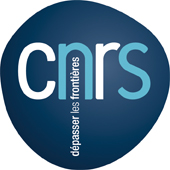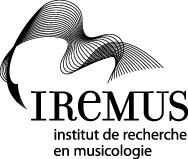MUSICAL WORKS
NAITO Akemi / 内藤明美
2006
Months - Spaceship for Zodiac / 月暦–星座への旅 / Getsureki - Seiza e no tabi
Birth Y: 1956 Birth C: JAPAN Gender: Female
Media Specification: Mixed Music
Performer(s): 薩摩琵琶satsuma-biwa:上田純子 Junko Ueda
First perf.: NY, USA 2006
Duration: 22:19
Perf. Country: UNITED STATES
Instruments: Satsuma-biwa with amplifier&reverberator, tape.
Setup: 2005
Media: CD: Bridge 9204
Prog. notes: Months – Spaceship for Zodiac was composed for a Japanese traditional instrument, the Satsuma Biwa, around the idea of the Zodiac. For the performance, reverberation should be added to the biwa, and the score is accompanied by an electronic tape part. The piece consists of 16 movements; in addition to the 12 zodiac sections, there is an introduction and three poems which I chose from the oldest Japanese poem, Manyousyu. When I was contemplating of an idea of this composition, I was inspired by a picture of the fresco at Il Salone dei Mesi(the Solon of the Months) at Il Palazzo di Schifanoia (the Schifanoia Palace) which means literally “keeping annoyance away”, in Ferrara, which is one of the very few existing works by the Italian Renaissance painter, Francesco del Cossa. When I saw the work of Cossa with its use of the Zodiac, it connected me to the distant past, and when I later thought of using the Manyousyu, I realized I could combine the two as a symbol of eternal spirit. Much later, I learned from Junko Ueda that the origin of the biwa instrument comes from the image of the cosmos. As a result, without even planning it, my composition echoed the history of the biwa. With added reverberation I almost imagined the biwa as a spaceship sailing in the cosmos. I wanted to release it from the usual connotations of its use as a traditional Japanese instrument, but wanted to hear it in a new context, almost like watching a starry night or listening to it an Arabian oud. This is the concept of the piece.
Throughout my residencies in late Autumn in Yaddo in Saratoga Springs in 2002, and Bellagio in Lake Como in Italy in 2003, hearing about Junko Ueda’s artistry in August
2004 gave life to this new work, and with her collaboration, it was completed in July 2005.
Editor: H.I.J.





